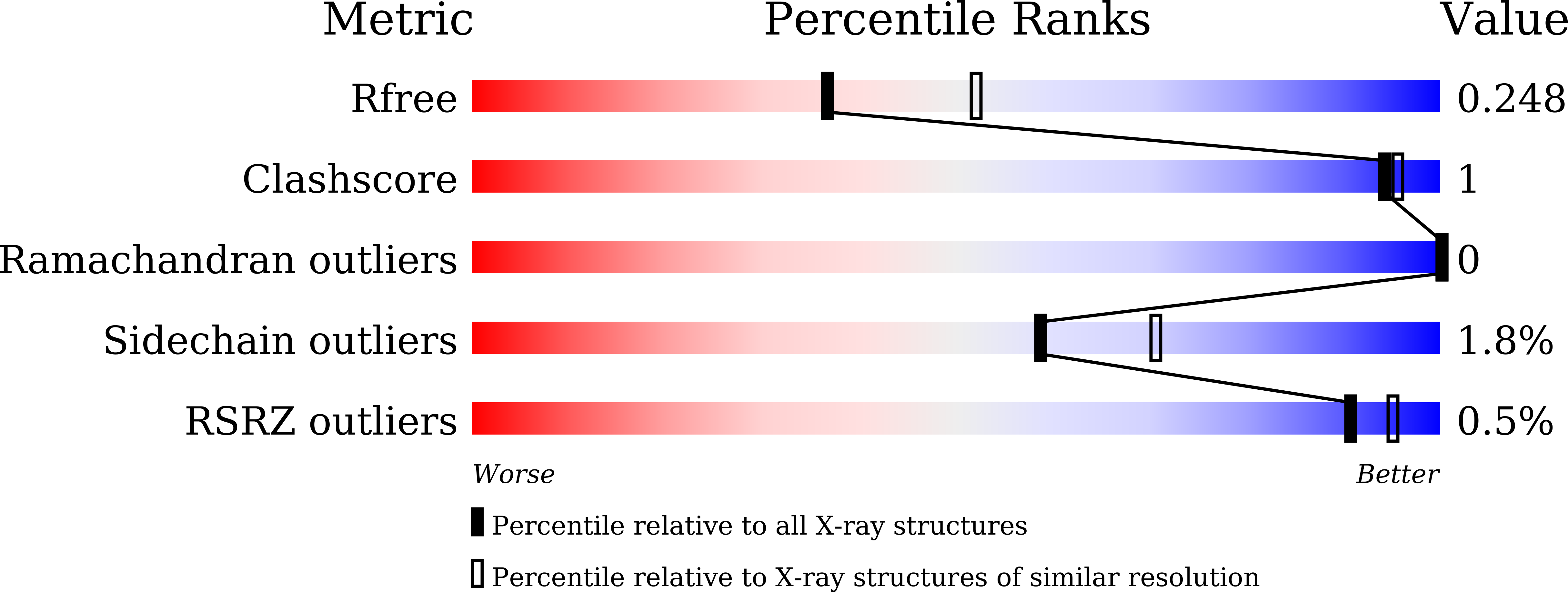
Deposition Date
2021-06-02
Release Date
2022-06-08
Last Version Date
2024-10-23
Entry Detail
PDB ID:
7EZW
Keywords:
Title:
Cyclic Peptide that Interacts with the eIF4E Capped-mRNA Binding Site
Biological Source:
Source Organism:
Homo sapiens (Taxon ID: 9606)
synthetic construct (Taxon ID: 32630)
synthetic construct (Taxon ID: 32630)
Host Organism:
Method Details:
Experimental Method:
Resolution:
2.35 Å
R-Value Free:
0.24
R-Value Work:
0.20
Space Group:
P 63


